STUDIO PAPERS
INFLUENCES, SHIFTS OPINIONS, GENERATES CULTURAL TRENDS AND STIMULATES PARTICIPATION
STUDIO PAPERS
INFLUENCES, SHIFTS OPINIONS, GENERATES CULTURAL TRENDS AND STIMULATES PARTICIPATION
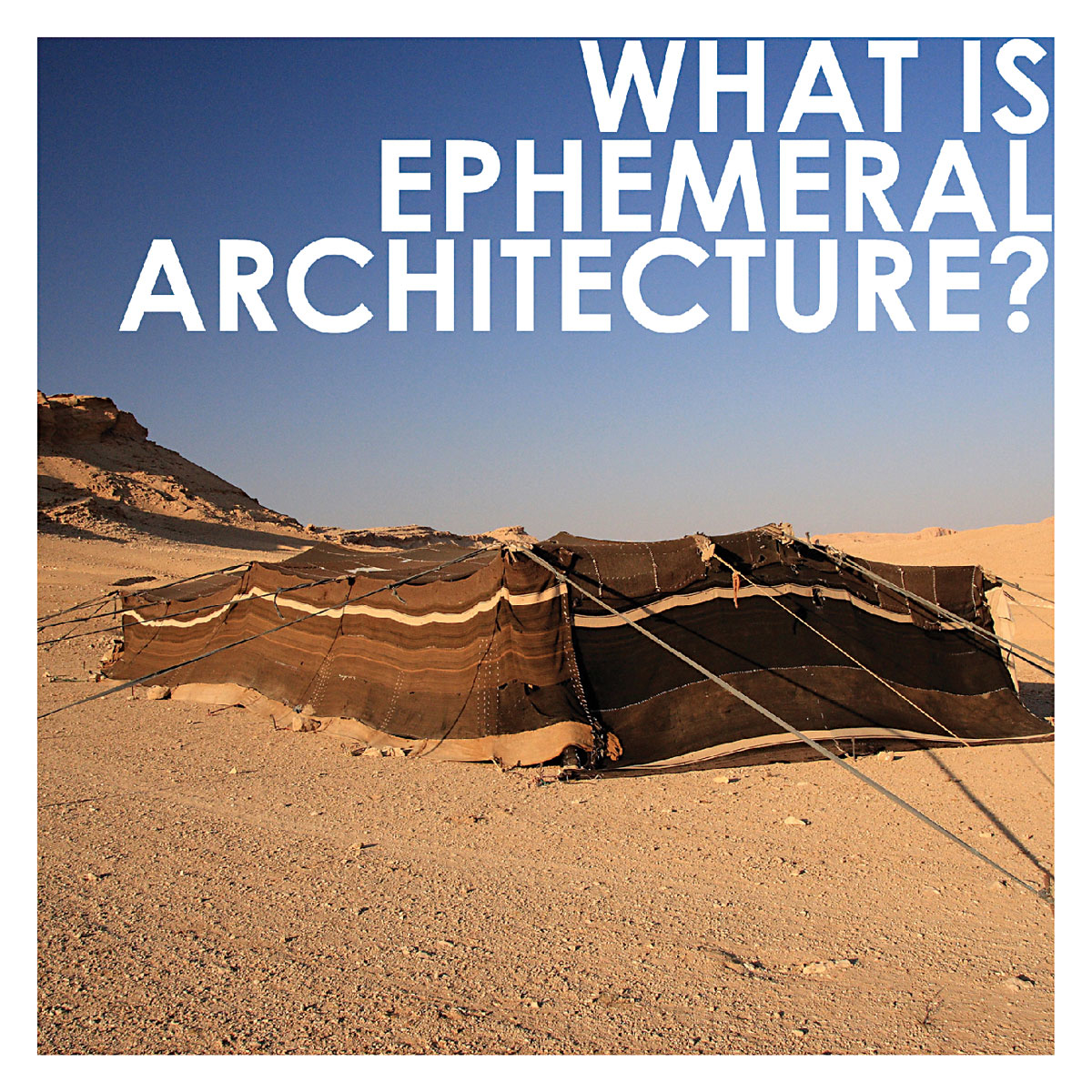
“…In the wake of these changes, people may
not require or request a permanente building,
for reasons related to function, economics, or
fashion. In order ro fully and properly discuss,
design, direct and utilize ephemeral
architecture, we first need to define it.
Towards that end, I propose the followiong
definition of Ephemeral Architecture:
A class of building design to be distinguished by
impermanence and its phusical departure from
the site..”
This article was published on STUDIO Architecture and Urbanism Magazine #12 as “Ephemeral Architecture: towards a definition” by Brian Chappel.
“…Thinking about the bunch of objects that
surround us, it’s possible to outline how human
engineering, either consciously or not, applies
a sort of social segregation in facilitating the
use of certain objects depending by the body
conformation. Consequently, the access to
some kind of spaces or social roles is a gender
privilege. It reinforces the mental construntion
of gender-based partition while contributes to
the consolidation of a gender dominance in
the enviroment motivation conventionally
abused by institutional policies to legitimize
defensive choises in the urban fabric is the
fragility of women and children, whom
questionably are supposed to require special
protection..”
This article was published on STUDIO Architecture and Urbanism Magazine #14 as “Design space in between bodies: politics of human unsuitability” by Elisa Tangheroni.
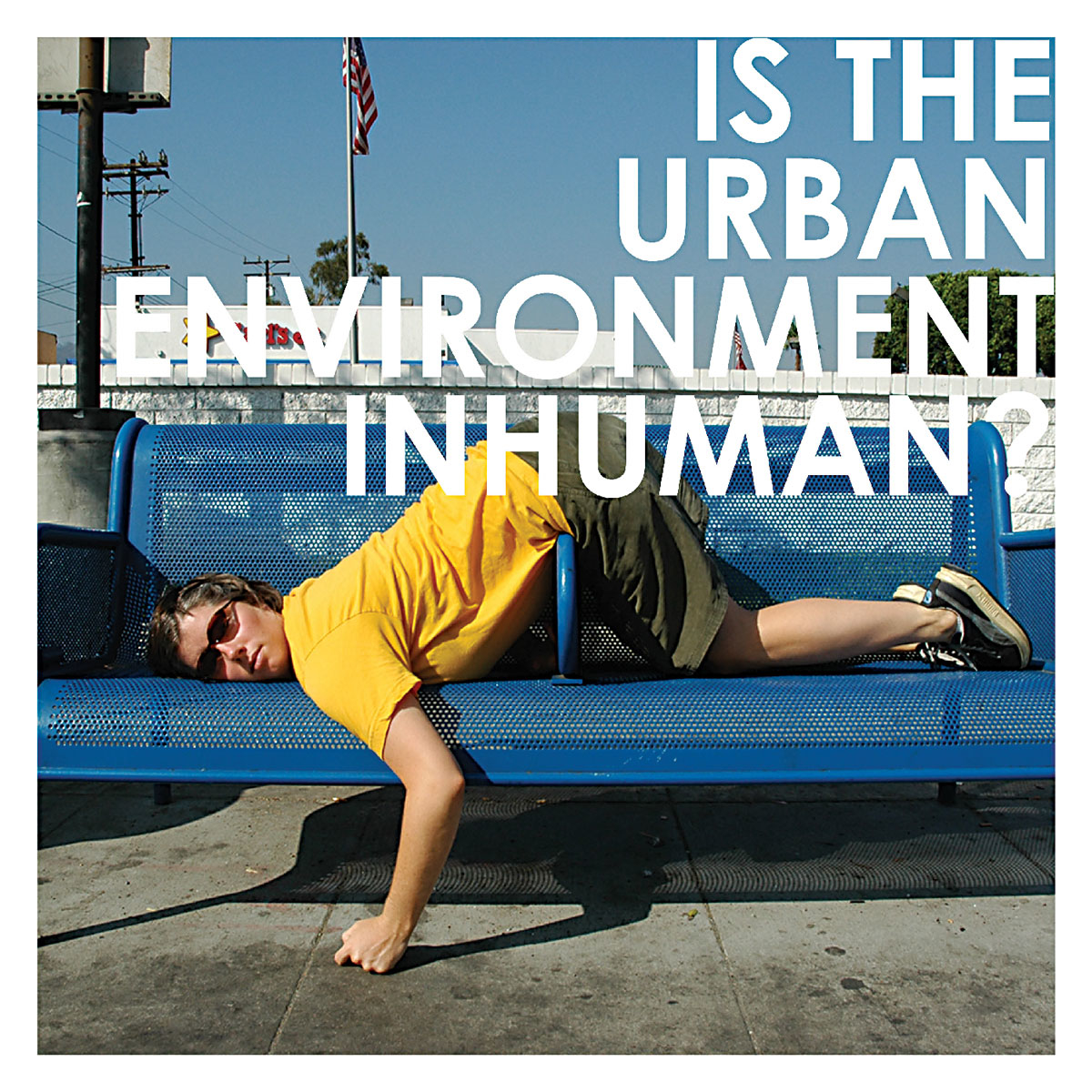
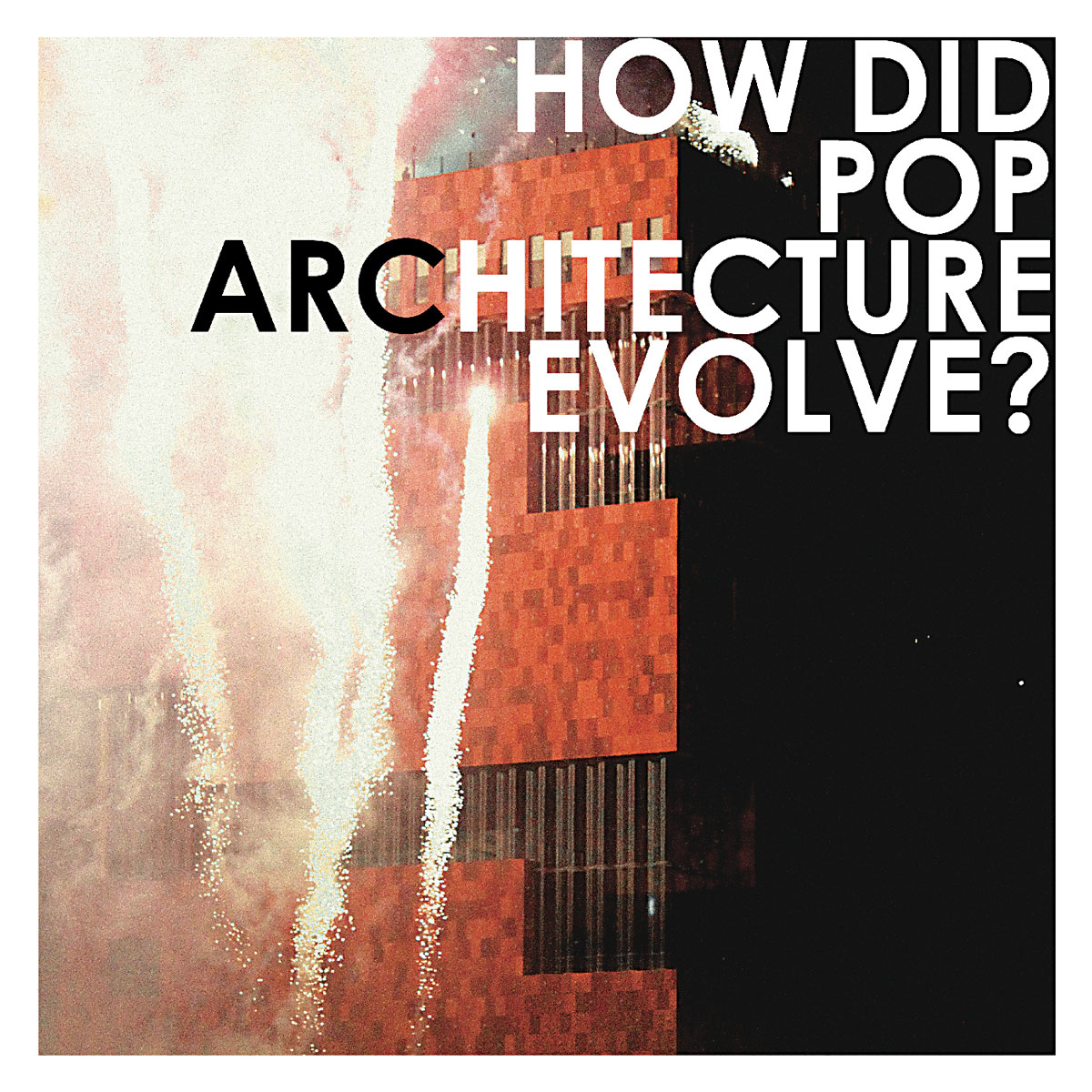
“…The evolution from singular anomalous
structures to rapid pop urban developments
still hold the initial hope of gaining popularity
for commercial ends. The correlation between
early pop architecture and the current pop
urbanism may not be that explicit at first,
considering that its scale has grown from micro
to macro. As its influence on society has
radically expanded, it has even less control
over its magnitude of impact. Furthermore, the
velocity of development becomes a key
factor of pop-urbanism…”
This article was published on STUDIO Architecture and Urbanism Magazine #15 as “Architecture (be)for(e) human” by Hannes Hulstaert.
“…The city now presents a juxaposition of its
ancient and modern self at every twist and turn,
with people trascending varied cultures and
economic strata, who experience all attributes
of the city life, including the fear it imposes.
Although efforts are being made politically and
judicially to bring down the figures, the
psychological sense of security being restored
in the citizens, is still in question. Nevertheless,
good urban design can cater to this, if only the
anatomy of urban fear could be unveiled. Fear,
beign a highly intangible human emotion,
couldn’t be tracked down individually but on a
social scale, common in factors could be
identified and set right..”
This article was published on STUDIO Architecture and Urbanism Magazine #11 as
“Fear and Urban Realm” by Bhavatarini Kurmaravel.
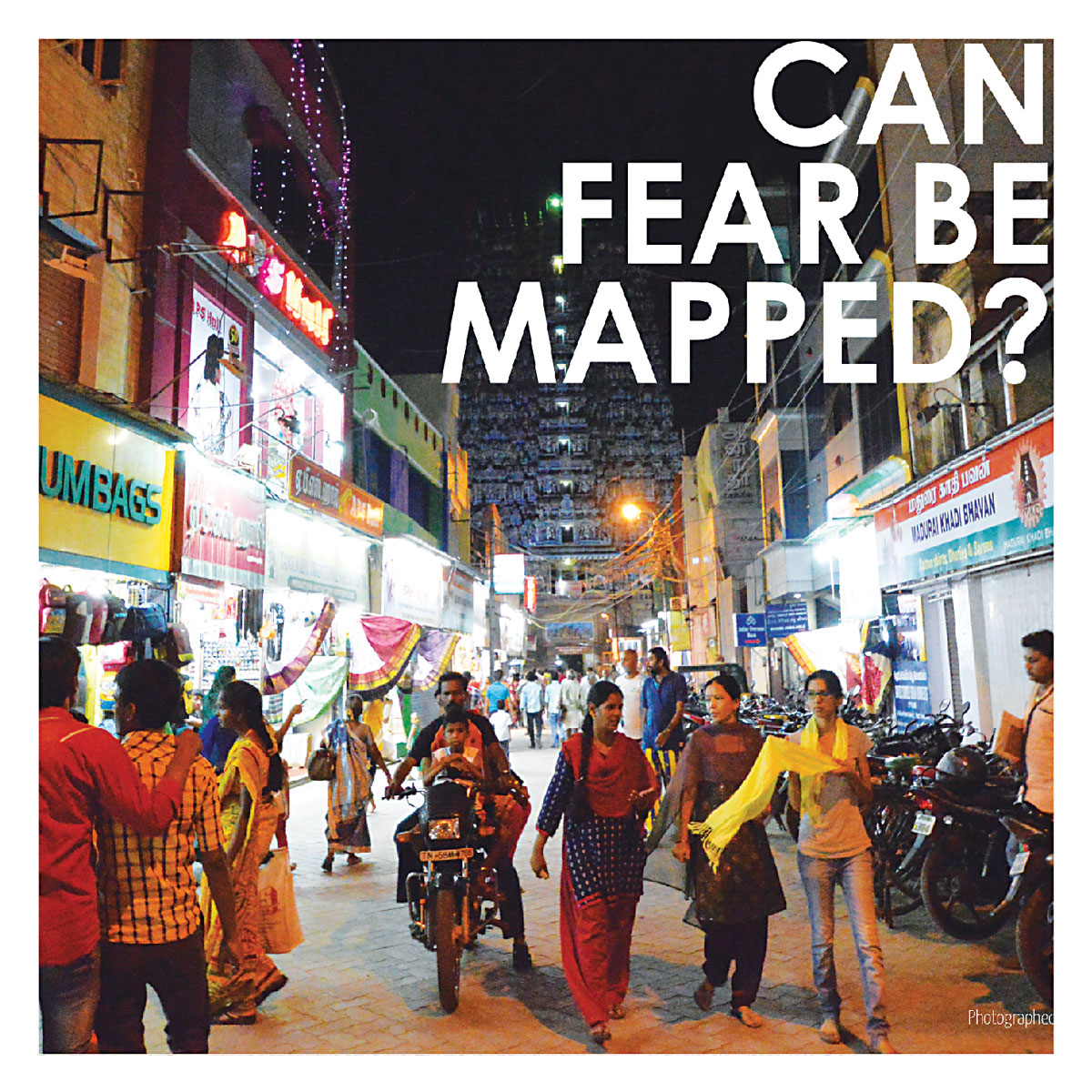
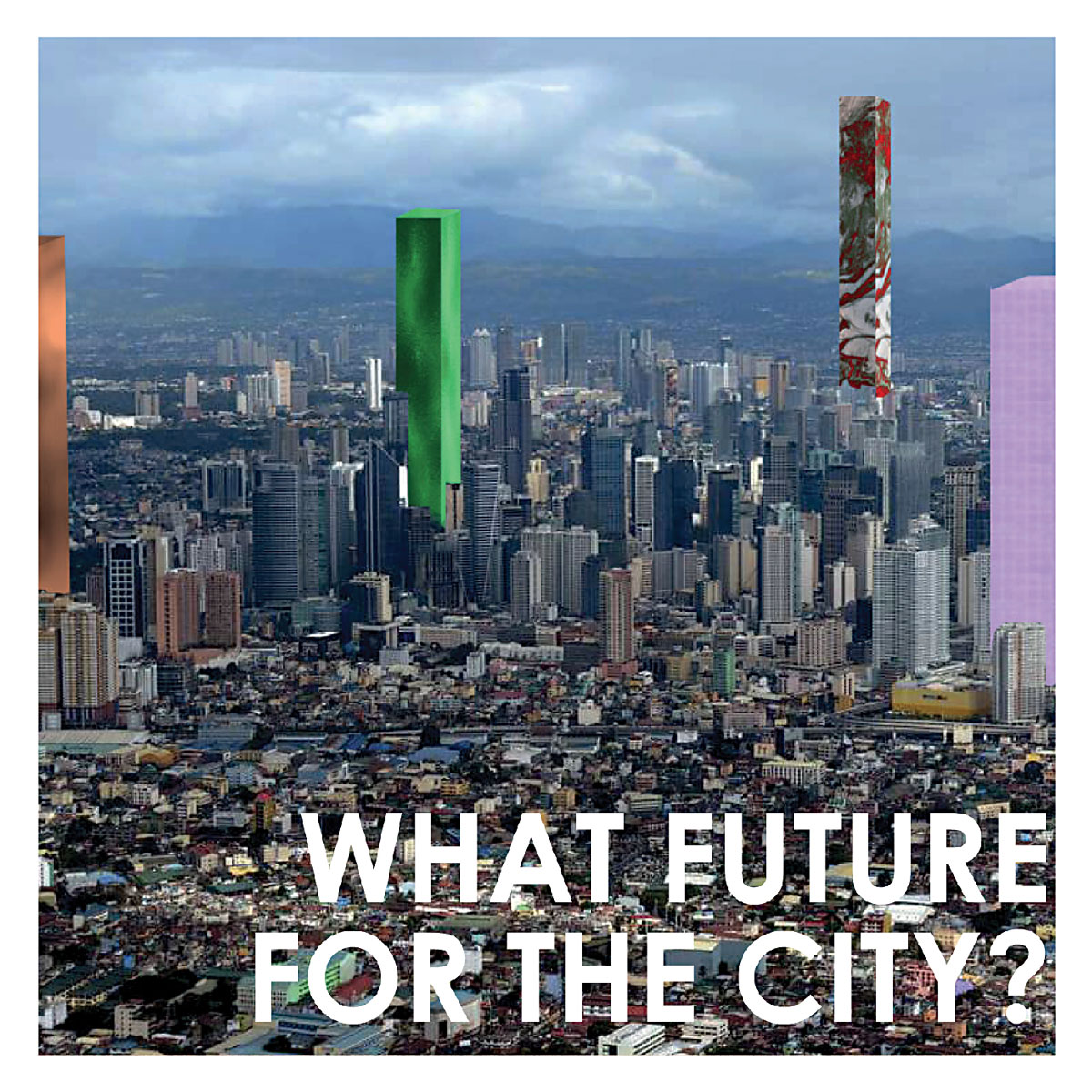
“…The unavoidable scenario that we are
outlining is the one of an impersonal city,
where the architectural reference points,
more recognizable and more appreciated,
will be the atopic ones, rootless from the
context but aesthetically seductive, with a
vulgar type of beauty, extremely accessible
but not capable of moving the soul. The
horizon imagined is about the increasing
and progressive construction of atopic,
anonymous and pornographic cities, in
which only the kitsch, extravagant, statically
unthinkable and colored buildings are able
to became a landmark. ..”
This article was published on STUDIO Architecture and Urbanism Magazine #16 as “This is a pornographic city” by Elena Calvano and Gemma Galassi.
“…The relevance of the avant-garde is
demonstrated by the continuous avant-garde
mindset that collectives such as Assemble
hold. These protagonists of the avant-garde
are triggering the social change of today’s
society. But for such change to actually
happen, we should all collectively take a
stand with these practices and the
avant-garde mindset, actively redirect our
society further as the avant-garde essentially
aims. Go collective or go home!…”
This article was published on STUDIO Architecture and Urbanism Magazine #17 as “Go collective
or Go home!” by Michele Rinaldi and Katarina Petrović.
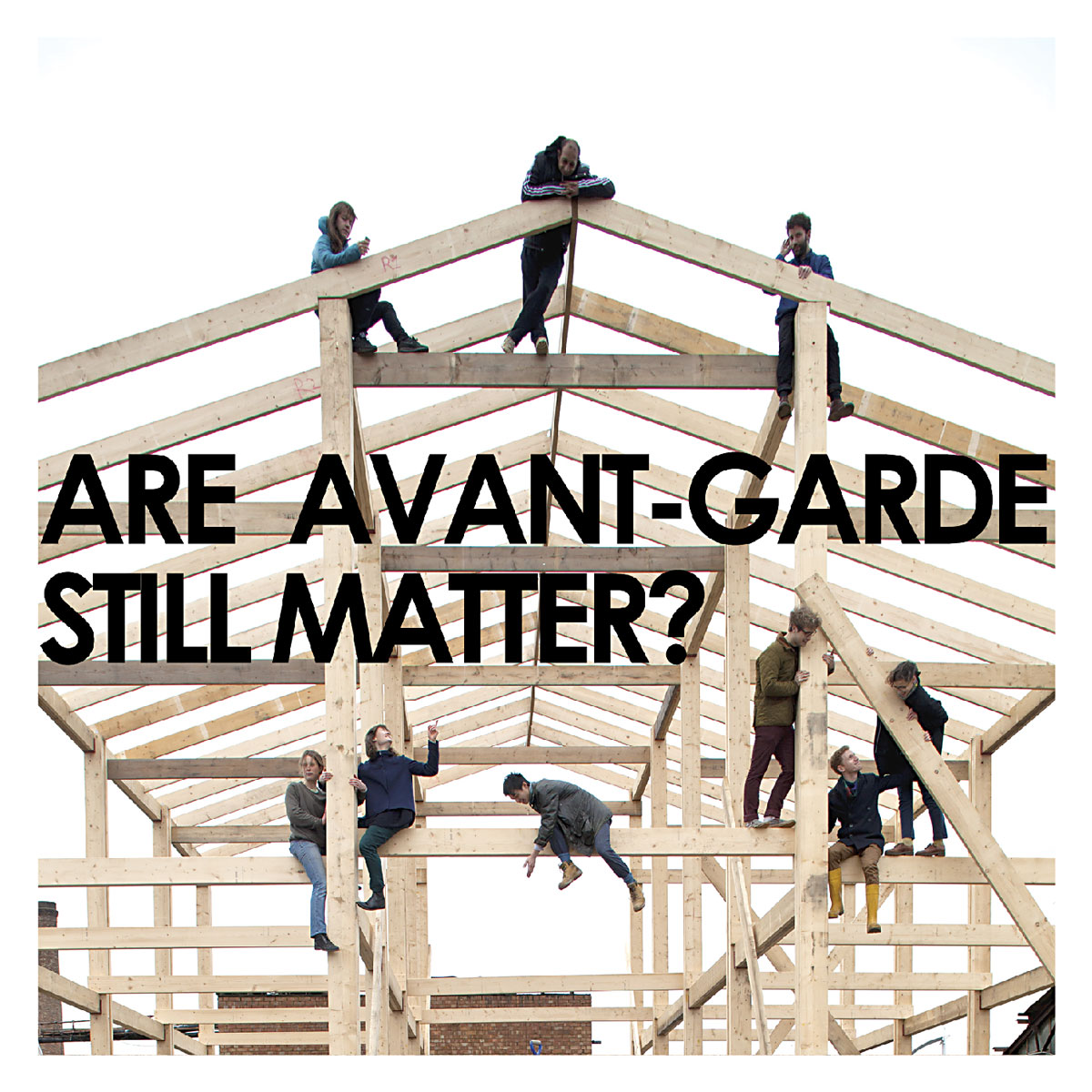
STUDIO Urbanism
Via F.lli Bettinelli, 4 – 20136 MILAN | Ph.+39 023313787 | privacy policy
editorialboard@studiourbanism.com
© Copyright – Studio Urbanism
Editorial Project by RRC STUDIO Architects
